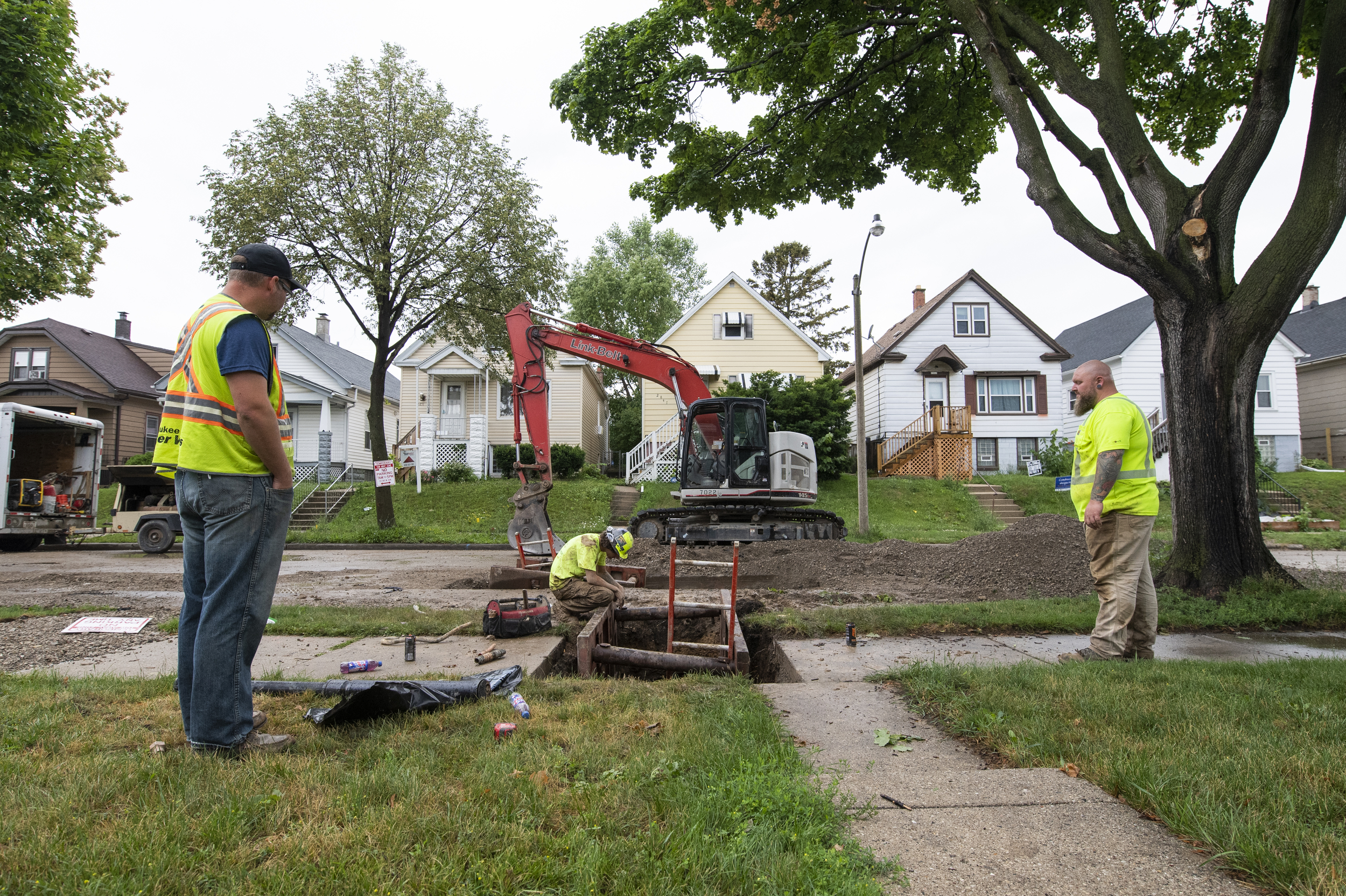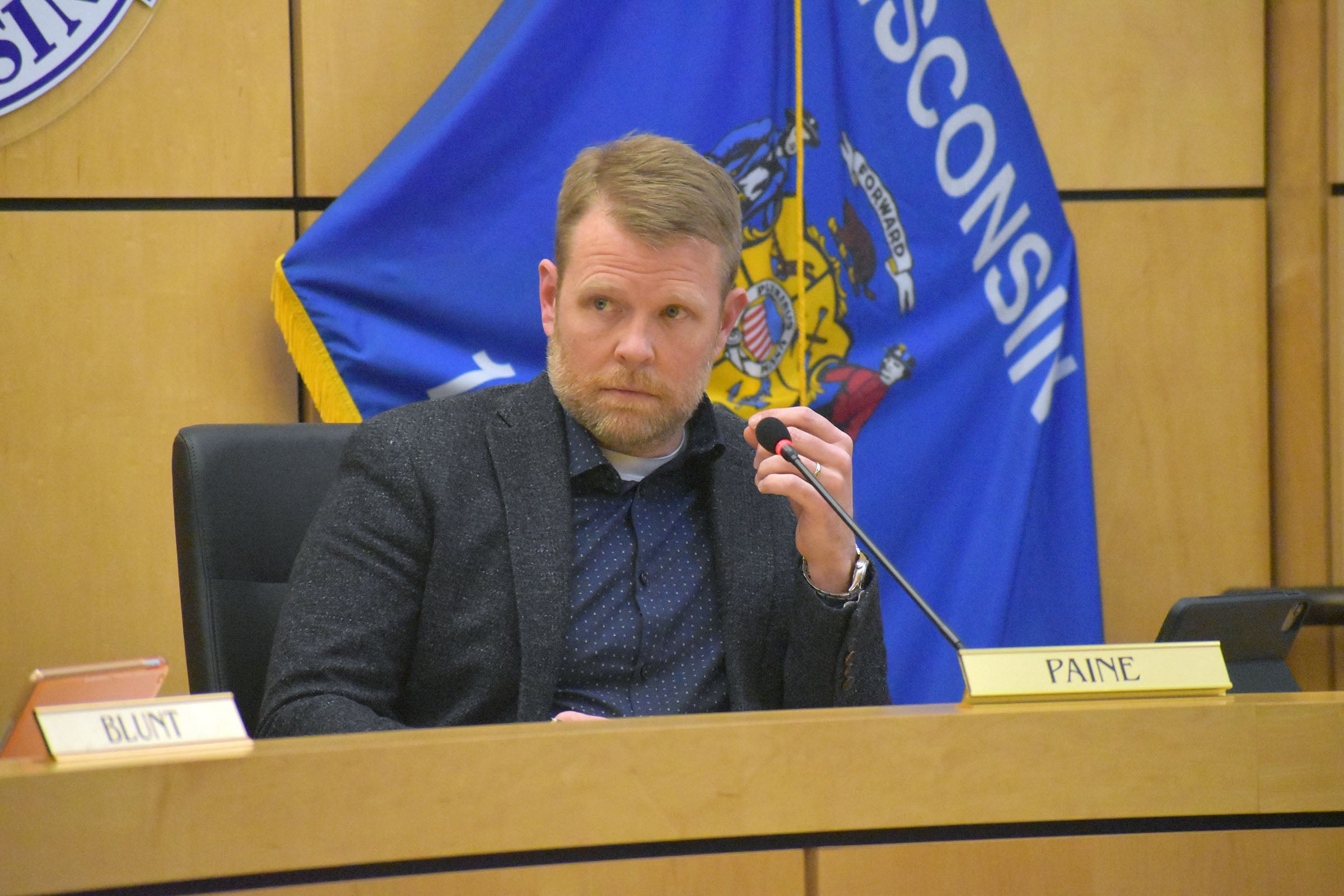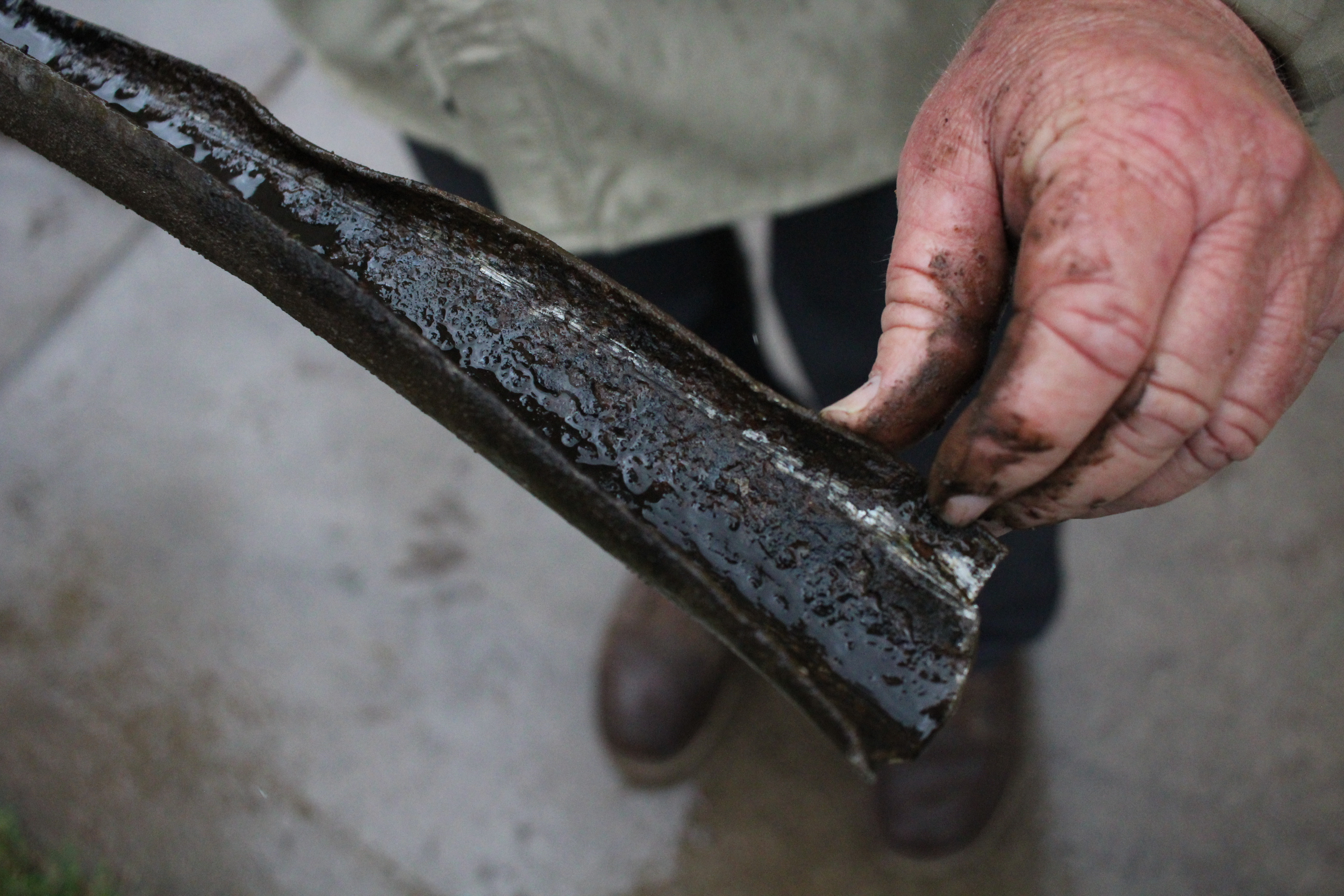Lessons learned from a pilot program that aims to speed up replacement of lead pipes will be expanded to 200 communities nationwide, which could include Wisconsin’s largest city.
Wisconsin is among four states that have been working with the U.S. Environmental Protection Agency on an initiative to accelerate removal of lead pipes in 40 communities nationwide. Wisconsin utilities own about 158,000 lead service lines, and the state has around 147,000 private lead lines. As many as 229,000 pipes on the private side may contain or collect lead.
In Wisconsin, the state Department of Natural Resources and EPA are working with 10 communities where around 30 percent of lead service lines are found. They include Beloit, Frederic, Kenosha, Manitowoc, Oshkosh, Racine, Superior, Wausau, West Allis, and Wisconsin Rapids.
Stay informed on the latest news
Sign up for WPR’s email newsletter.
Steve Elmore, director of the DNR’s Drinking Water and Groundwater Bureau, told the Natural Resources Board in December that the agency has been helping those communities with identifying lead pipes, replacing them and applying for funding.
“We’re excited, and we’re happy to be a partner with EPA to share the lessons learned and move forward with replacing lead service lines,” Elmore told the board.
The expansion is part of the Get the Lead Out Initiative that’s funded through the Bipartisan Infrastructure Law passed by Congress in 2021. Elmore said it will likely be expanded to underserved communities outside Wisconsin, but the city of Milwaukee has expressed interest in participating.
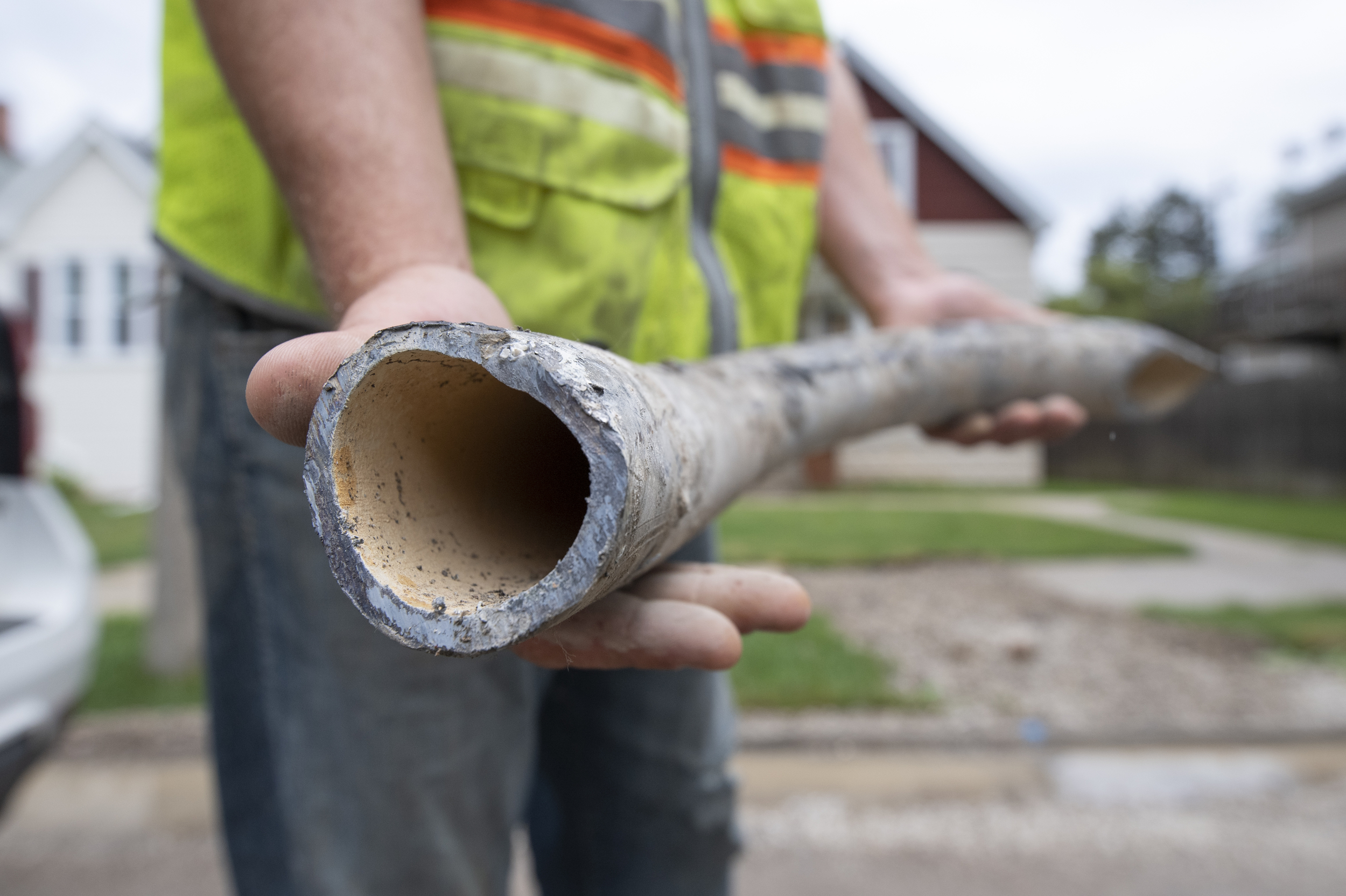
Milwaukee delayed application to the pilot program
Milwaukee Water Works Superintendent Patrick Pauly said the city has applied to take part in the expanded initiative. Around 68,000 lead service lines still need to be replaced in the city, which includes pipes running to residential and commercial properties.
When the pilot program was first introduced, Pauly said he didn’t immediately take advantage of it because the city already has a strong inventory of its lead service lines. At the time, Pauly said the city had started work on its plan to prioritize pipes for replacement, and officials were already familiar with applying for funding to replace lead pipes under the state’s Safe Drinking Water Loan Program.
“We did express some interest in being a part of the program related to customer outreach and community outreach,” Pauly said. “But quite honestly, I think I probably delayed too long, and there were 10 slots available. Those 10 slots were volunteered for and taken before — and I take full responsibility — before I expressed interest in becoming a part of it.”
Even so, Pauly said he feels the city is on solid ground for identifying and replacing lead pipes, adding they’ve hired a consultant to work on community and customer outreach.
Robert Miranda, steering committee member with the Get the Lead Out Coalition, said he would like to see more education on steps community members can take to reduce their lead exposure.
“I would love to see a major public education initiative by the state and by the city to provide the most effective information that homeowners can have, that property owners can have, that renters can have that will help them take the kind of precautionary measures they need to prevent as much of that lead getting into their water as possible,” Miranda said.
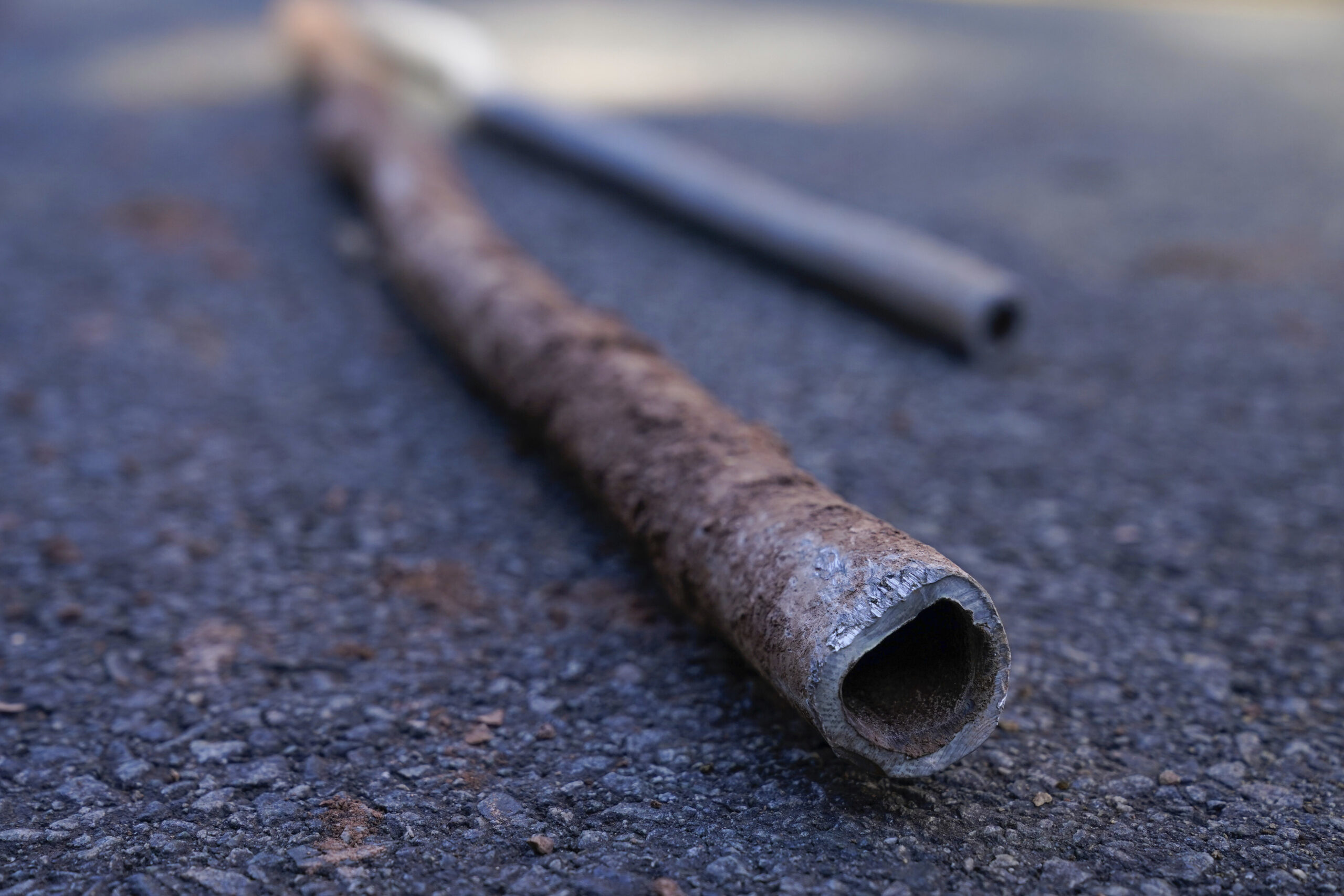
Miranda said he would also like to see more assistance for property owners on how they can remove lead pipes and plumbing from their homes.
The city has been in compliance with federal regulations for lead in drinking water, and Milwaukee Water Works has been adding orthophosphate to its treatment process to reduce lead levels. However, homes and properties in the city may still have lead plumbing or fixtures.
Pauly said water testing this year shows the vast majority of samples had lead levels at 5.2 parts per billion, which is far below the current regulatory threshold of 15 parts per billion. However, there’s no safe level of lead. He said they caution people that the risk of lead leaking into water grows the longer water rests in the pipe.
“We are strongly encouraging that the faucet be open and the water flush for a period of three minutes,” Pauly said. “Because after three minutes, our data shows consistently that there is either no lead detected in the water or lead levels are very, very low.”
In the last seven years, the city has been systematically addressing lead pipes, removing about 6,400 lead service lines. Milwaukee Water Works plans to remove about 2,200 pipes this year as part of a plan to remove all lead service lines in the city within 20 years. However, Milwaukee would have to speed up the pace of their replacement under a new rule proposed by the EPA, which would require most communities to remove those lines in 10 years.
Across Wisconsin, it may cost up to $1 billion to replace private lead service lines, which doesn’t include the expense of removing tens of thousands of utility-owned pipes.
Wisconsin Public Radio, © Copyright 2025, Board of Regents of the University of Wisconsin System and Wisconsin Educational Communications Board.
